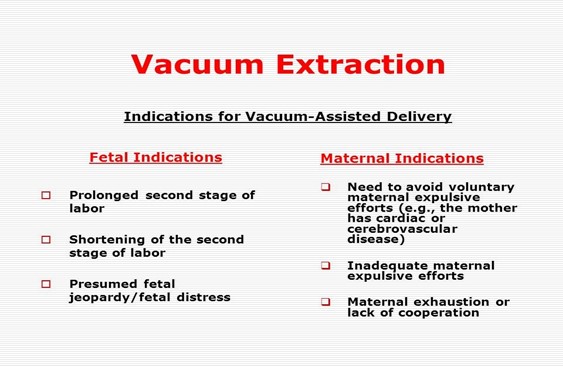Cervidil (dinoprostone) has been ordered for a pregnant woman at 42 weeks of gestation. The nurse recognizes that this medication will be administered to:
stimulate the amniotic membranes to rupture.
ripen the cervix in preparation for labor induction.
Enhance uteroplacental perfusion in an aging placenta.
Increase amniotic fluid volume.
The Correct Answer is B
Cervidil (dinoprostone) is a medication used to ripen the cervix in preparation for labor induction in women who are at or near term.
Cervidil contains a synthetic form of prostaglandin E2, which helps to soften and thin the cervix, making it easier to dilate and efface during labor. The medication is usually administered vaginally, in the form of a small, flat, rectangular-shaped insert that is placed near the cervix.
The medication is released slowly over time, helping to ripen the cervix gradually.
Cervidil is not used to stimulate the amniotic membranes to rupture, enhance uteroplacental perfusion in an aging placenta, or increase amniotic fluid volume.
Nursing Test Bank
Naxlex Comprehensive Predictor Exams
Related Questions
Correct Answer is C
Explanation
The most common indication for a vacuum-assisted delivery is a prolonged second stage of labor, which means that the mother has been pushing for an extended period without effective descent of the fetal head. The vacuum can help to provide traction to the fetal head and assist with delivery.
Option A is incorrect because a vacuum-assisted delivery is not indicated for the prevention of fetal abnormalities.
Option B is incorrect because a vacuum-assisted delivery is not indicated for the prevention of maternal hemorrhage.
Option D is incorrect because a prolonged first stage of labor is not an indication of
vacuum-assisted delivery. In this case, other interventions, such as augmentation of labor with oxytocin, may be used.

Correct Answer is D
Explanation
When assessing potential environmental health issues in a district, the public health nurse would consider a range of factors that may impact the health and well-being of the community. These factors may include the built environment (e.g. housing, transportation, urban planning), workplace hazards, food safety, and a range of other environmental exposures that could potentially harm human health.
By considering all of these factors, the public health nurse can gain a more comprehensive understanding of potential environmental health issues in the district and develop appropriate strategies for addressing these issues to improve the health and well-being of the community.
Whether you are a student looking to ace your exams or a practicing nurse seeking to enhance your expertise , our nursing education contents will empower you with the confidence and competence to make a difference in the lives of patients and become a respected leader in the healthcare field.
Visit Naxlex, invest in your future and unlock endless possibilities with our unparalleled nursing education contents today
Report Wrong Answer on the Current Question
Do you disagree with the answer? If yes, what is your expected answer? Explain.
Kindly be descriptive with the issue you are facing.
